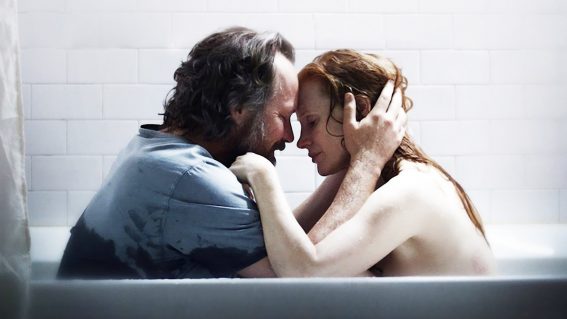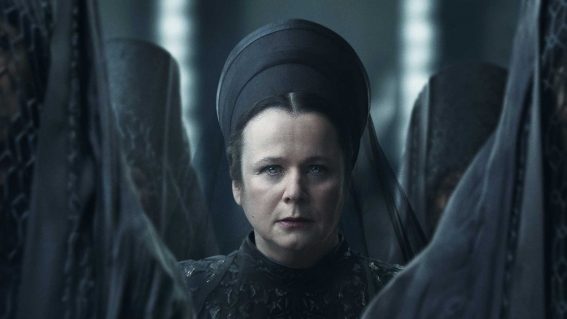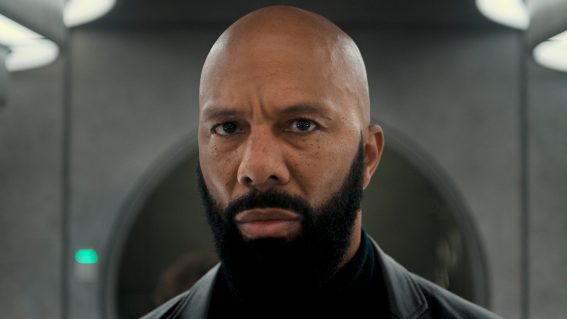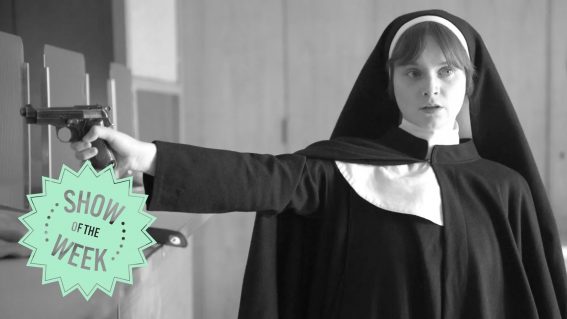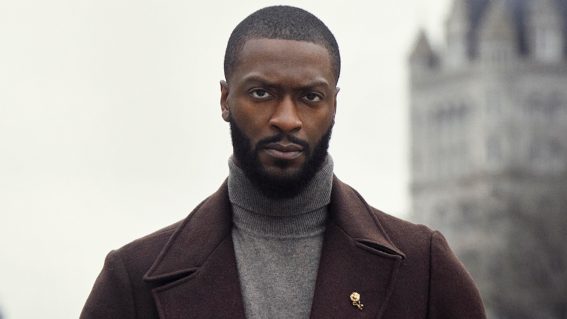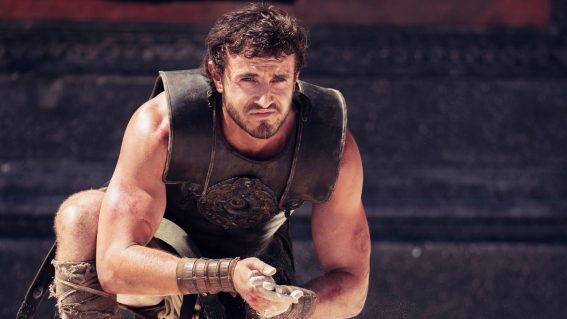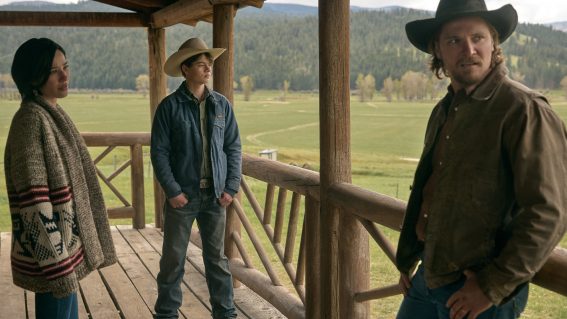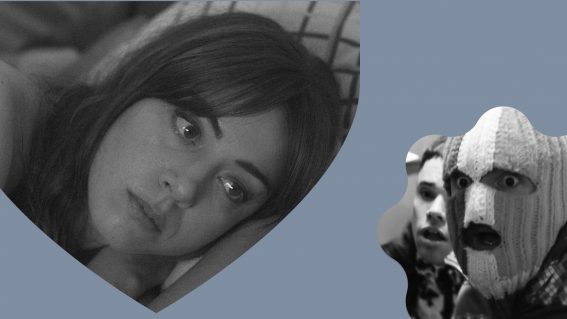Robert Rodriguez’s 18 minute VR film The Limit is a wild and visceral ride
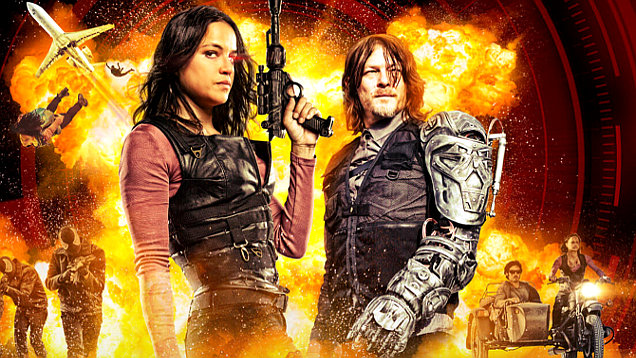
The latest action film from director Robert Rodriguez will not be coming to a cinema near you. It is however available on all major virtual reality headsets. Critic Luke Buckmaster sits through a wild and kinetic experience.
The Limit is the most viscerally intense action film I’ve watched in some time, with one scene that made me wonder whether I might witness the return of my breakfast. The moment in question transpires mid-air and arrives immediately after two distressing although hardly, in the history of action pictures, unprecedented revelations. One: the light plane the characters are travelling on is about to crash. And two: the parachutes they’ve leap out of it with don’t work.
The vertiginous camera angle is intensified by the format this film is in. It is a virtual reality production given a grungy, grindhouse oomph characteristic of its director, Robert Rodriguez, who joins a growing number of distinguished traditional filmmakers experimenting with the new medium – including Kathryn Bigelow, Doug Liman, Justin Lin and Alejandro González Iñárritu. The Limit arrived late last month on major headsets including Oculus Go, Oculus Rift, Google Daydream, Samsung Gear VR and HTC Vive.
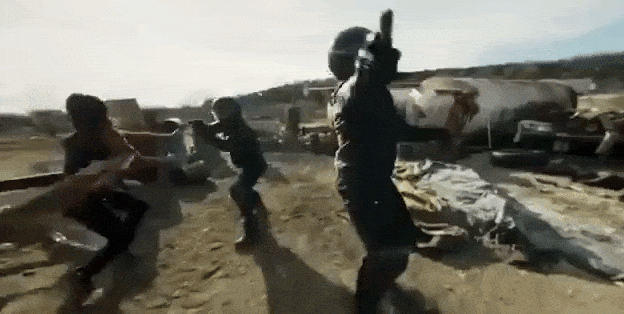
That sky-bound immersion is justified in the narrative, a chase story involving creative getaways spearheaded by assassin M-13 (Michelle Rodriguez) who helps the cyborg protagonist (that’s us: the film unfolds from first person perspective) escape a seemingly endless array of bad guys employed by a nefarious tech organisation. It is also a spectacle influenced by a proliferation of experiential content produced in recent years, VR filmmakers creating a wide range of often amusement park-like experiences, from roller coaster rides to space trips and journeys down rivers.
This content has played a significant part in exploring the new medium’s possibilities. As a filmmaking movement existing within the context of an emerging medium, it is not dissimilar to the exhibitionist non-narrative productions that were in abundance during cinema’s infancy – a subject explored in Tom Gunning’s influential book The Cinema of Attractions.
What the cinema didn’t have was experienced motion picture practitioners bringing their artistic sensibilities to the new art form. This has resulted in the early years of VR films being infused with the language of the cinema, most obvious in productions such as The Limit that are primarily concerned with applying traditional filmmaking principles to immersive environments, rather than embracing elements unique to VR (unlike productions such as Allumette, Notes on Blindness and Awavena, which could not have been made in any other format).
In Rodriguez’s mind ‘immersive’ does not necessarily equal ‘360′. In his mind, also, VR filmmakers do not have any responsibility to offer feats of spatial and visual discovery that blur the line between ‘viewer’ and ‘user’. The director doesn’t want you to turn your head in The Limit; he doesn’t want you to explore this universe. Field of vision is restricted to around 180 degrees, with nothing for the audience to observe behind them and thus no reason to turn their heads. Instead of having a blank black space (as is common in other genres of VR – particularly adult films) Rodriguez depicts a small empty cinema, as if to say: ‘the screen is that way, dude – don’t look at the seats.’
The Limit was shot and edited – or perhaps crash-edited – in a cranked-to-eleven, intensely focused style. While not in the ‘spirit’ of spatially explorative VR films, this very ‘directed’ approach has obvious benefits. There’s no chance we will miss a visual effect or key narrative detail, for example, because Rodriguez has mashed them in our faces. However there are also moments when one feels inclined to look somewhere but cannot – such as the skydiving scene, in which we are forced to keep our gaze on Michelle Rodriguez, with no option to check out the landscape far below.
Her character talks to us throughout the film, breaking the fourth wall from beginning to end (with Norman Reedus from The Walking Dead taking a smaller co-starring role). Breaking the fourth wall was also common in cinema’s earliest films. This was also explored by Gunning, who wrote that actors establishing contact with audiences in such a way was something “undertaken with brio.”And that this early cinema “displays its visibility, willing to rupture a self-enclosed fictional world for a chance to solicit the attention of the spectator.”
There’s no question Rodriguez has solicited our attention with The Limit. Put a headset on and one couldn’t ignore the film if they wanted to. Like a lot of VR productions, the word “groundbreaking” has been bandied about in its official press materials. Quite the contrary. In coming years it is possible and perhaps even likely that the film will be looked down upon as an exercise predicated on applying old language to a new format – or, more generously, as a testament to the power of traditional filmmaking rather than VR experiences. In this moment in time it is nevertheless thrilling. I’ve experienced Rodriguez’s wild ride twice so far – and will gladly be pushed, shoved, jolted and flipped for a third viewing.

